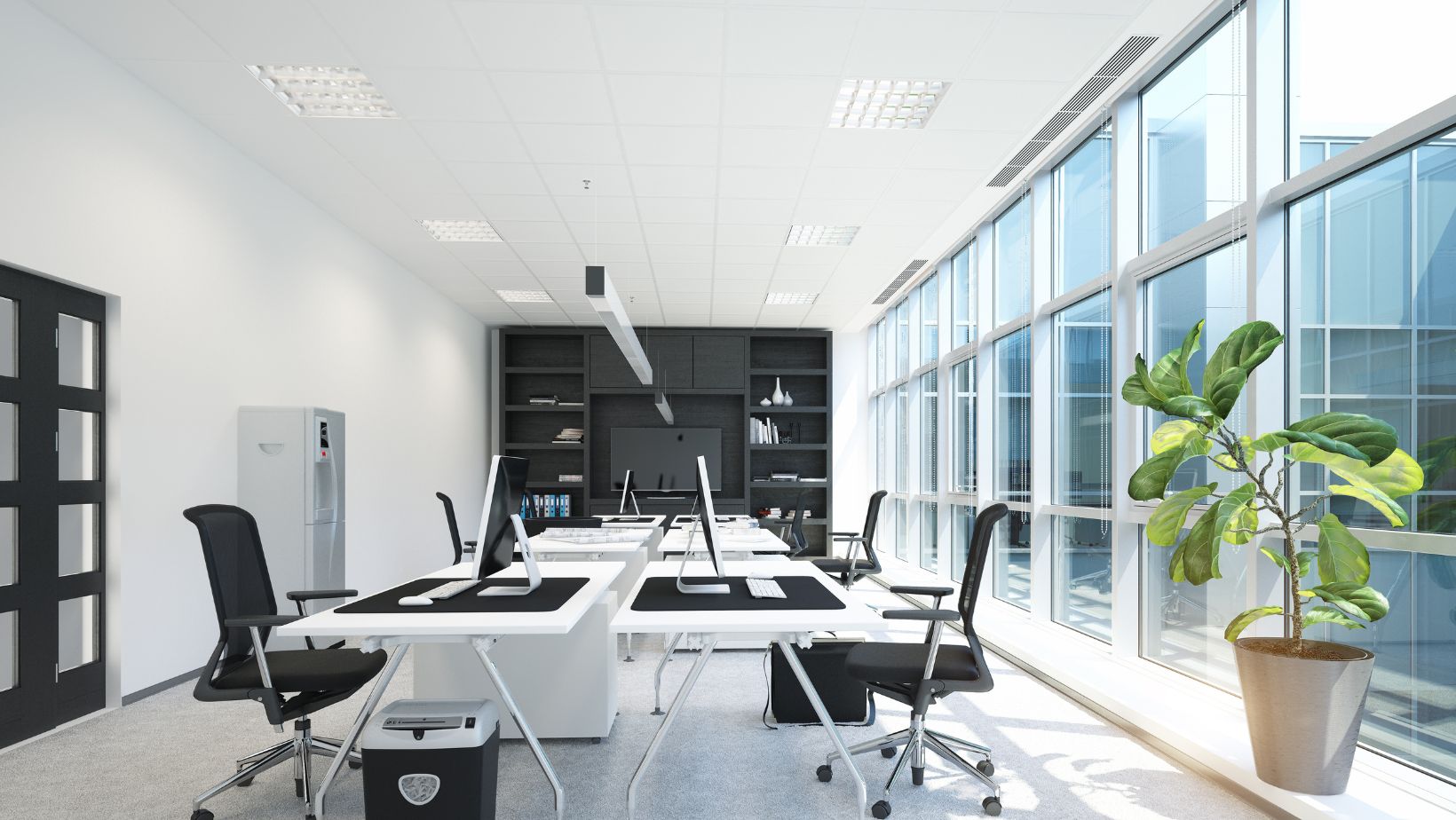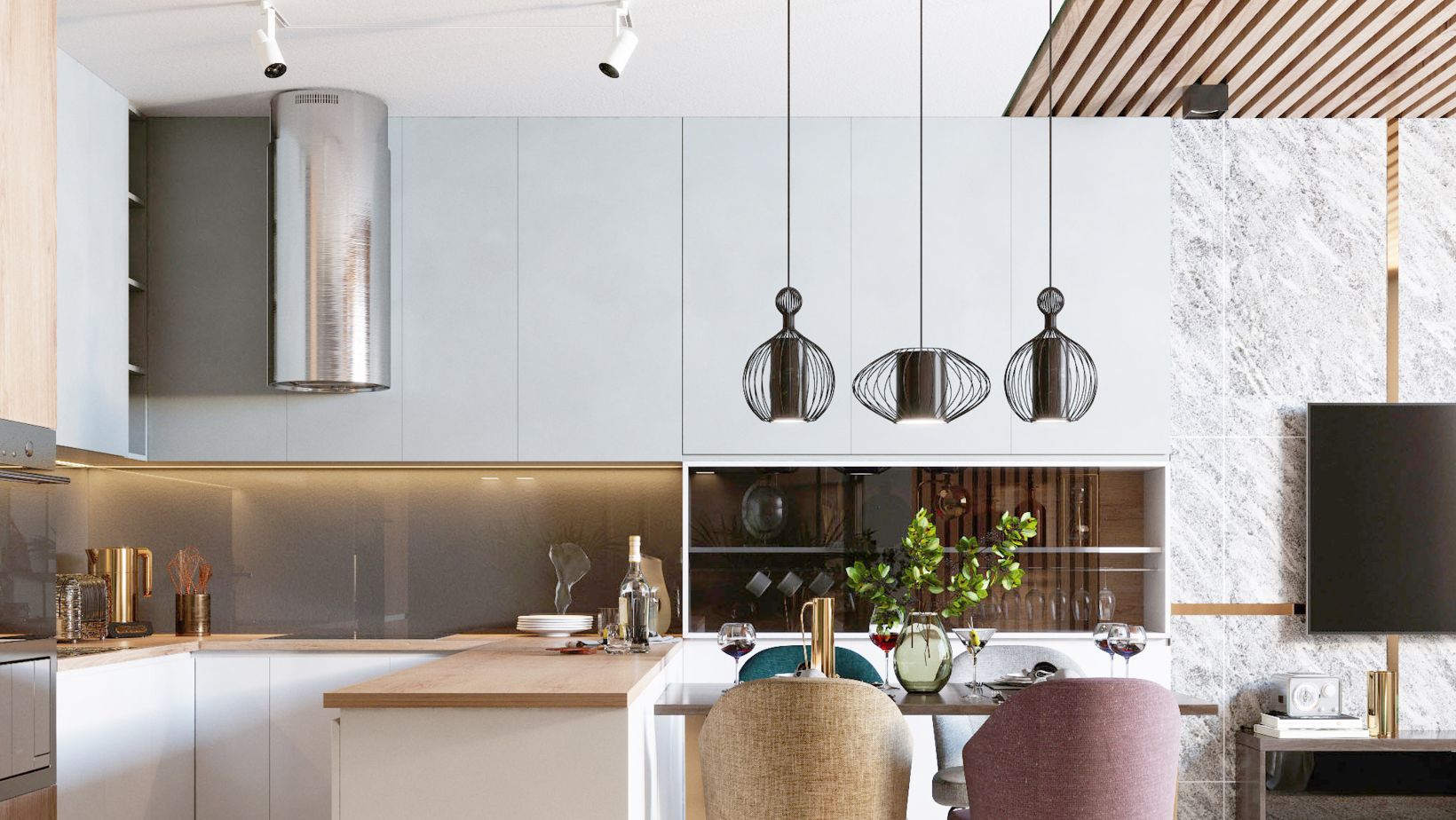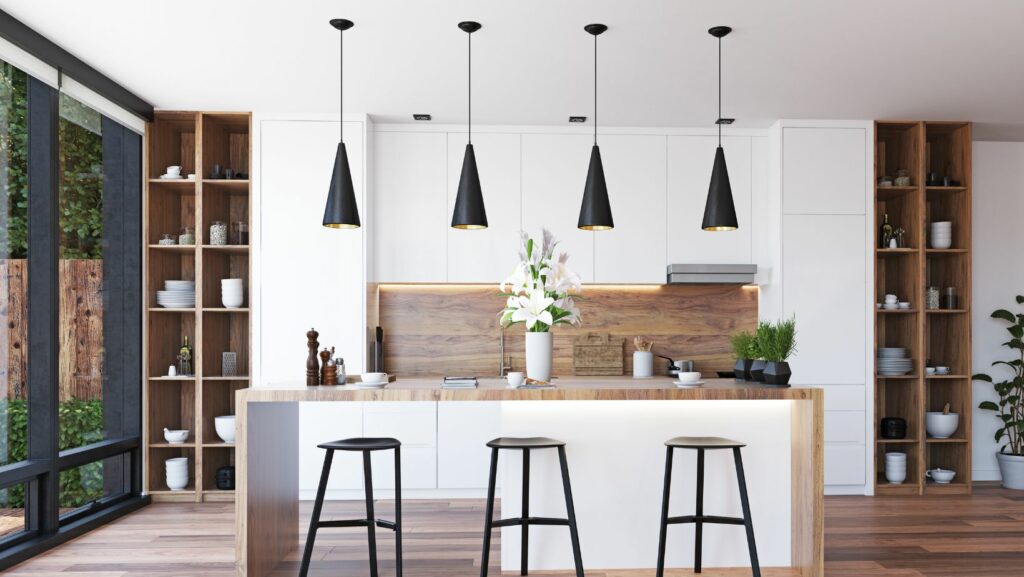Forestpunk is a design style that combines the rugged, raw elements of nature with the sleek and polished aspects of industrial design. Think of it as the love child of a rustic cabin in the woods and a minimalist urban loft. The style draws inspiration from the deep forests, moss-covered stones and weathered wood, but it juxtaposes these organic materials with metal accents, clean lines and contemporary furniture.
Key Elements of Forestpunk
Natural Materials and Textures
The foundation of Forestpunk design lies in the use of natural materials. Wood is a dominant feature, often presented in raw, unfinished forms. Reclaimed and distressed wood, tree stumps, and rough-hewn beams are popular choices, adding a sense of authenticity and ruggedness to the space.
Stone is another crucial element, used in fireplaces, accent walls or as flooring. The goal is to mimic the textures found in nature – think of moss-covered rocks, weathered bark and the rough surfaces of tree trunks.
Fabrics and textiles should also reflect this connection to nature. Wool, linen, and burlap are excellent choices, offering warmth and a tactile experience that contrasts with the harsher, industrial elements often found in Forestpunk interiors.
Earthy and Muted Colour Palette
The color palette in Forestpunk design is inspired by the forest itself. Deep greens, browns and greys dominate, with occasional pops of earthy reds, oranges and yellows. These colours create a calming, grounded atmosphere that evokes the feeling of being surrounded by trees and foliage.
Muted tones are essential in maintaining the tranquil vibe, while darker shades can be used to add depth and drama. The overall effect should be one of subtlety, allowing the textures and materials to take centre stage.
Industrial and Vintage Accents
What sets Forestpunk apart from other nature-inspired styles is its embrace of industrial and vintage elements. Think metal light fixtures, exposed brick, and aged leather furniture. These components add a touch of the unconventional, giving the space a bit of an edge.

Vintage items, particularly those that have a worn, weathered appearance, fit seamlessly into Forestpunk interiors. Old trunks, distressed metal chairs and repurposed factory pieces can all contribute to the eclectic, layered look that defines the style.
Moody Lighting
Lighting plays a crucial role in setting the tone for a Forestpunk interior. It should be soft and somewhat moody, mimicking the dappled light that filters through a dense forest canopy. Edison bulbs, lanterns, and candles are ideal for achieving this effect.
Consider using light fixtures made from natural materials, like wood or stone, to reinforce the connection to nature. Dimmer switches are also a great addition, allowing you to adjust the lighting to suit the mood.
Eclectic and Personal Touches
Forestpunk is a style that thrives on individuality and creativity. It’s not about following a strict formula but rather about creating a space that feels personal and reflective of your connection to nature. Incorporate items that have meaning to you – whether it’s a collection of found objects from your hikes or artwork that resonates with your love of the outdoors.
The key is to mix and match without fear. Combine the old with the new, the rough with the polished, and the natural with the industrial. The result should be a space that tells a story – your story – through its unique and thoughtfully curated design.
Incorporating Forestpunk into Your Home
Start with the Basics
Begin by integrating natural materials into your existing space. Replace synthetic items with those made from wood, stone or other organic materials.

Swap out bright, artificial colours for a more subdued, earthy palette. Kill two birds with one stone (not literally!) with dark wood flooring, which fully embodies this aesthetics requirements.
Add Statement Pieces
Look for furniture and decor items that reflect both the natural and industrial aspects of Forestpunk. A reclaimed wood coffee table, a vintage leather sofa, or a metal chandelier can serve as focal points in your space.
Layer Textures
Layering is crucial in Forestpunk design. Mix different textures – smooth stone with rough wood, soft wool with coarse burlap – to create a space that feels rich and inviting. Don’t be afraid to combine materials that might seem at odds; this juxtaposition is what gives Forestpunk its unique character.
Incorporate Greenery
Bringing actual plants into your space is essential for capturing the essence of Forestpunk. Choose plants that thrive indoors and have a wild, untamed look. Ferns, moss, and trailing vines are excellent choices.
Play with Lighting
Experiment with different lighting sources to create the right ambience. Use a combination of floor lamps, table lamps and candles to achieve a warm, layered effect. Consider installing dimmers to control the intensity and mood of your lighting.


More Stories
Predictive Betting Models Used by Aussie Gamblers: Advanced Approaches to Wagering in 2025
What Should You Look for When Purchasing a Premium Men’s Linen Shirt?
The Casino Experience: Types, Appeal, Rules & Online Vs. Offline Debate